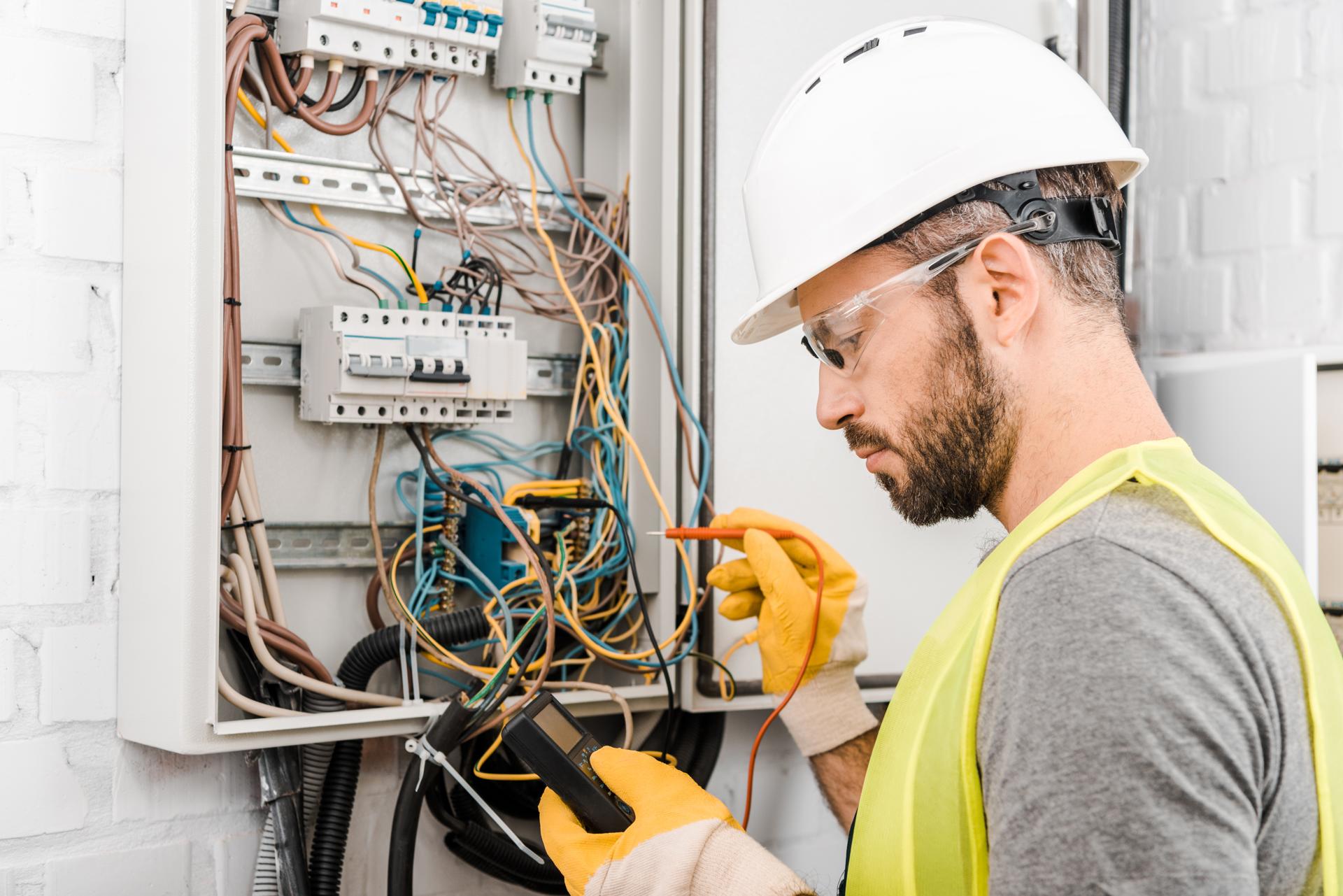The Basics of Electrical Wiring in Your Home: An Amateur's Perspective

Electricity is an integral part of our daily life, powering everything from the lighting in our houses to appliances we use every day. However, electricity systems are a bit complicated, and understanding how they function can be difficult. In this guide, we’ll break down the components that make up an electric system and explain how circuits work to power devices and appliances. Our residential electricians can handle any electrical jobs you need.
The components of an electrical system
An electrical system is comprised of several key components that work together to provide power throughout a home. This includes:
Breaker box is the central distribution point for electric power in homes, where the electricity is split into various circuits
Outlets and switches: the points at which electricity is supplied to appliances and devices
Wiring: the electrical wires that transport electric current from the box to the outlets and switches
Electric appliances, devices and equipment: appliances and devices that require electricity to function
Electrical Circuits
An electrical circuit is a pathway that lets electricity flow from the point of origin (the breakers box) to the appliances and devices in the home. There are two types of electrical circuits that can be found in a home that are 120-volt and 240-volt circuits. 120-volt circuits are utilized for most household devices and appliances, while the 240-volt circuits are designed for larger appliances such as dryers and air conditioners.
Electrical circuits work by creating an electrical loop that allows power to flow from the source into the device or appliance. The loop consists of a hot cable that is the conduit for electricity along with a neutral wire that completes the circuit and a ground wire that provides an avenue for electricity to travel to the ground in the event the fault occurs.
Understanding the electrical Wiring
Electrical wiring is available in a variety of different types, including non-metallic sheathed cable (NM) and armored cable (AC) and conduit. Each kind has its own advantages and drawbacks and the selection of the type of wiring is based on the specific requirements that the location requires.
The electricity travels through wires through a flow of electrons through the wire. The electrons flow through the wire from source, to device or appliance returning to the source through the neutral wire. It’s essential to ensure that the wiring is installed and maintained in a correct manner, as improper wiring can cause electrical hazards like shocks and fires.
Common Electrical Issues
The most frequent electrical problems found in homes include tripping breakers, flickering lights and electrical outlets that are not working. The causes of these issues could be due to a variety of reasons that include overloading circuits, broken connections, and defective wiring.
If you’re experiencing any of these issues, it is essential to determine the root cause and take action to fix the problem. In some instances this could mean contacting a licensed electrician to examine and fix the wiring.
Final Conclusion, as well as a Call to Action
In conclusion, understanding how electrical wiring operates is crucial for ensuring the security and reliability of your home’s electrical system. By following the guidelines outlined in this guide, you can stay safe and prevent potential hazards.
Should you ever have concerns or questions regarding the electrical system in your home Don’t hesitate to reach out to Local Electrician Bondi. Our electricians are licensed and has the expertise and experience to handle all your electrical needs. Contact us by phone at 1300 610 481 to schedule a appointment.
FAQ
What are the indicators of a faulty electrical wiring?
Signs of defective electrical wiring could include tripping breakers flickering lights, or dead outlets, among others.
How often should I have my home’s electrical system inspected?
It is recommended to get your home’s electrical system checked by an accredited electrician every 10 years.
What is the lifespan for electrical wires?
The lifespan of electrical wiring is based on several factors, including the kind of wiring used, the setting it’s placed in, as well as the quality of the installation. The majority of electrical wiring lasts as long as 30 years or more, with the proper installation and maintenance.
Do I need to fix electrical issues by myself or should I hire an electrician?
While some electrical issues can be fixed by homeowners, it’s advised that you employ an authorized electrician for the majority of electrical repairs. Making attempts to fix electrical problems without proper training and knowledge can be risky and may cause injury or damage the property.
What should I do if experience an electrical emergency at home?
In the event of an electrical issue the first step is to shut off the power supply to the affected area by shutting off the fuse or breaker. After that, you should contact a licensed electrician to look into and fix the problem as quickly as is possible.
By following these rules By following these rules, you can ensure safety and reliability of your home’s electrical system and prevent any potential dangers. Keep in mind that when it comes to electrical repairs and installations, it’s best to trust the experts. Reach out to Local Electrician Bondi at 1300 610 481 to discuss all of your electrical requirements.
